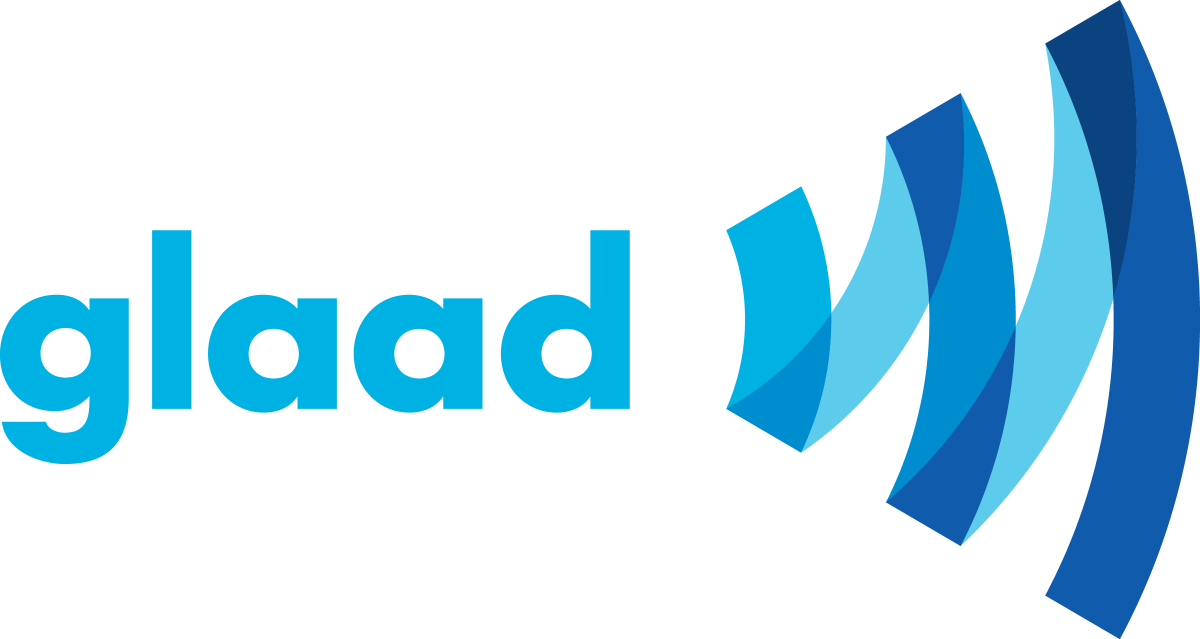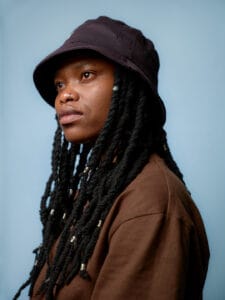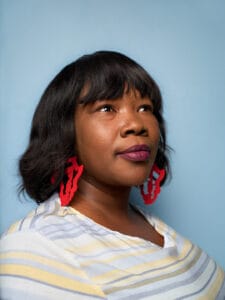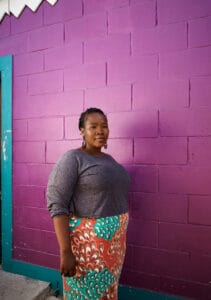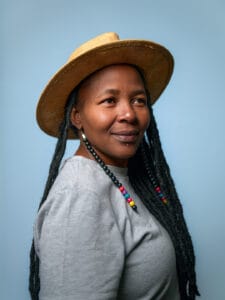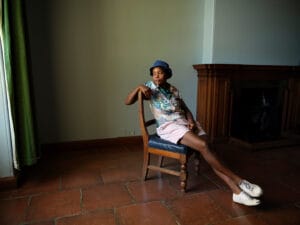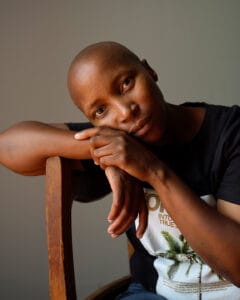Join GLAAD and take action for acceptance.
Trending
- OP-ED: My Filipina Mother Taught Me to Blend In. My HIV Diagnosis Taught Me to Be Seen
- Loud and Proud in The Lone Star State: Dallas Church, Cities Across Texas Respond to Crosswalk Controversy with Pride
- WATCH: Scott and Mark Hoying on Creating “Fa La La Family”, a Holiday Story That Celebrates Every Kind of Love
- NewFest 37 Celebrates Spirit Day with Shorts Program, “The Celluloid Closet” & More
- We All Could Use Some Queer Joy! Be a Part of The Skin Deep + GLAAD’s New Collab
- Honoring Paul Kawata: A Legacy of Courage, Community, and Change
- Communities of Color Lead with Love on Spirit Day 2025
- Five Queer Filipinos Who Were On Project Runway
2023 Studio Responsibility Index
Of the 350 films released theatrically and on tracked streaming services by the ten distributors counted in 2022, 100 (28.5 percent) were LGBTQ-inclusive. This is the highest percentage and number recorded in this report. In the previous study, GLAAD counted 16 inclusive films of 77 released theatrically from the seven major studios (20.8 percent).
Films with LGBTQ Characters
28.5% (71.5% FILMS WITHOUT)
No Data Found
No Data Found
LGBTQ-inclusive Film Breakdown
No Data Found
Of the 100 LGBTQ-inclusive films released in 2022, 55 (55 percent) included gay men, 45 (45 percent) included lesbians, 21 (21 percent) included bisexual+ characters, 12 (12 percent) included transgender characters, and 17 (17 percent) included queer characters that don’t fall specifically into those other labels.
Of the 292 LGBTQ characters counted, 163 (56 percent) were men, 119 (41 percent) were women, and ten (three percent) were nonbinary. Six of the men characters (four percent) and seven of the women characters (six percent) were transgender.
Gender of LGBTQ Characters
No Data Found
No Data Found
Race of LGBTQ Characters
No Data Found
No Data Found
Of the 292 LGBTQ characters counted, 117 (40 percent) are characters of color. Of all the LGBTQ characters, 173 (59 percent) are white, 50 (17 percent) are Black, 17 (six percent) are Latine, 26 (nine percent) are API, 19 are multiracial (seven percent), three are MENA (one percent) and two are indigenous (one percent). Two further characters (one percent) are non-human.
Of the 292 LGBTQ characters found this year, GLAAD counted eleven (4%) characters with disabilities.
Of the 292 LGBTQ characters, 95 (33 percent) appeared in over ten minutes of screentime, 32 (11 percent) had between five and ten minutes of screentime, 79 (27 percent) had between one and five minutes of screen time, and 86 (29 percent) clocked under one minute.
Screentime of LGBTQ characters
No Data Found
No Data Found
This year, comedy was the most inclusive genre of films by percentage, while drama was the most inclusive by number. This was the first year GLAAD began counting horror as a singular category; previous reports included it as part of the fantasy/genre category.
LGBTQ-inclusive Film by Genre
COMEDY
73 TOTAL / 32 INCLUSIVE (44%)
DRAMA
83 TOTAL / 33 INCLUSIVE (40%)
HORROR
32 TOTAL /
7 INCLUSIVE (22%)
ANIMATED/FAMILY
39 TOTAL / 8 INCLUSIVE (21%)
DOCUMENTARY
73 TOTAL / 12 INCLUSIVE (16%)
ACTION/SCI-FI/FANTASY
50 TOTAL / 8 INCLUSIVE (16%)
Gender of LGBTQ Characters With Significant Screentime
No Data Found
No Data Found
Of the 95 characters that had over ten minutes of screentime, 45 were men (47 percent), 48 were women (51 percent), and two were nonbinary (two percent).
Race of LGBTQ Characters with Significant Screentime
No Data Found
No Data Found
Of the 95 characters that had over ten minutes of screentime, 45 (47 percent) were white, 18 (19 percent) were Black, four (four percent) were Latine, 13 (14 percent) were API, 12 (13 percent) were multiracial, two (two percent) were MENA, and no characters with over ten minutes of screentime were indigenous. One additional character was non-human.
Theatrical Films with LGBTQ Characters
27.4% (72.6% FILMS WITHOUT)
No Data Found
No Data Found
Of the 350 films released in 2022, 164 (47 percent) were theatrical releases. Of those theatrical films, 45 (27 percent), were LGBTQ inclusive.
Of the 350 films released in 2022, 186 (53 percent) were streaming releases. Of those streaming films, 55 (30 percent) were LGBTQ inclusive.
Streaming Films with LGBTQ Characters
29.6% (70.4% FILMS WITHOUT)
No Data Found
No Data Found
Table of Contents
Share this
View Past Years’ Reports
MEASURE THE MOVEMENT
Your gift allows us to track the impact of our work, helping us better understand the state of acceptance and address the gaps with advocacy — like pushing for more trans representation in movies.
More Publications from GLAAD
A resource for media professionals covering hate crimes against LGBT people – includes a terminology guide, links to legislative statistics, a coverage archive and more.
The media are covering the lives, stories, and issues of lesbian, gay, bisexual, and transgender (LGBT) people more frequently, and often in a more fair, accurate, and balanced manner. Repeatedly, however, Asian Pacific Islander Community LGBT voices, perspectives, and opinions are left out of the picture.
The media are covering the lives, stories, and issues of lesbian, gay, bisexual, and transgender (LGBT) people more frequently, and often in a more fair, accurate, and balanced manner. Repeatedly, however, black LGBT voices, perspectives, and opinions are left out of the picture.
Community organizations play a vital role in responding to sensational sweeps coverage with their own anti-defamation campaigns. With this Sweeps Weeks Toolkit, GLAAD encourages community members to contact stations that air sensational coverage about the LGBT community and tell them how such stories spread inaccurate or defamatory myths about us.
